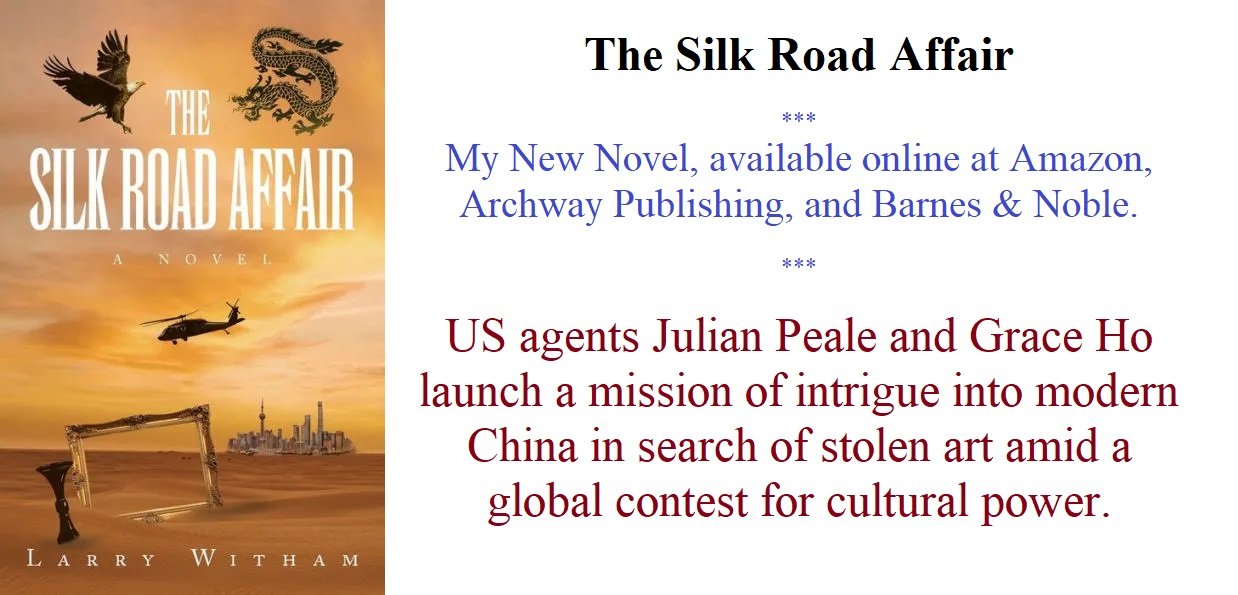AT A PAINTING DEMO ONE DAY, I heard our exemplary painter onstage say, “We are all poets.” Sounds nice, and it was not the first time I’d heard the allusion. But is it actually true? Under the heading of clear thinking, I’m skeptical.
In plain language, the poet, as we all know, writes down words that have rhythm and rhyme and tell a kind of discursive story. That was the view of Aristotle and Homer of Greece, and Horace of Rome, all drawing on the root word poietes, to make a discourse. The Renaissance writer Giovanni Boccaccio put it plainly, saying that poetry is an “exquisite invention, with fervid expression, in speech or writing.”
Nevertheless, the debate over the relationship between poetry and painting has had a long life. Since Greek times, when the poet reigned supreme in culture, the mere craftsmen—who made vases, murals, or jewelry—had doubtless chaffed at their lower status. In time they began to declare that they, too, were poets.
Art historian Dean Tolle Mace writes that this claim began to arise particularly in seventeenth century Italy because of “an Italian need—felt by painters since the time of Leonard da Vinci—to elevate painting into the lofty company of the liberal arts.”
In Europe, the seminal modern debate came in 1766 when the German literary scholar Gotthold Ephraim Lessing, in defense of literature, said in his treatise, Laocoon: An Essay on the Limits of Painting and Poetry, that they are completely different species.
He used the Greek sculpture of the Greek mythological figure Laocoon and his sons—seen struggling against a giant serpent—to make this point. Such material art, he said, is expressed in space. By contrast, poetry is expressed in time. Not to mention that the two expressions use entirely different mediums, one physical and visual, the other mental and verbal.
Therefore, Lessing said, sculptors and painter cannot be poets. To conflate the two is to violate logic and plain language, and more seriously, to muddle important cultural distinctions. Lessing did not settle the issue. Some poets still wanted to be called painters with words, and some craftsmen still wanted to be called poets with paint.
Often pointed to as illustrative of the debate’s absurdity is an essay by John Dryden, England’s first poet laureate, titled “Parallel of Poetry and Painting” (1695). Here, Dryden said painting and poetry were similar because the warts and moles shown in an oil portrait were analogous to the flaws in poetically-told tragic heroes. The essay was quite a stretch, according to its critics.
One resolution to all of this was to squelch the debate in an emerging cultural theory that said there is a “sisterhood of arts,” a kind of universal aesthetic in which the different disciplines are interchangeable, at least by analogy.
Despite such attempted amity, the French art critic and poet Charles Baudelaire had to stir the pot of controversy again by calling painters “dumb.” As a literary figure, Baudelaire championed the painter Eugene Delacroix. Yet his general opinion of the painter’s craft was suggested in his famous phrase, “as dumb as a painter.” This probably gave painters, now on the defensive, even more reason to declare themselves to be thinking poets as well.
In our day, this finicky war over cultural preeminence has fallen away. So many new art movements now litter the path of modern times that it’s no big offense to throw in painters as poets. And poets are not what they used to be; not cultural icons, but instead university professors, editors of journals, and occasional laureates chosen by new political administrations.
So if painters today want to call themselves poets, no harm done. Chefs and bartenders are free to call themselves physicists if they like. To me, however, it all suggests our slide into imprecise language regarding artisanship. Meanwhile, don’t get me started on the comment of another fine painter I met, who said, “We're all Impressionists.” I wasn’t going to argue with her.

